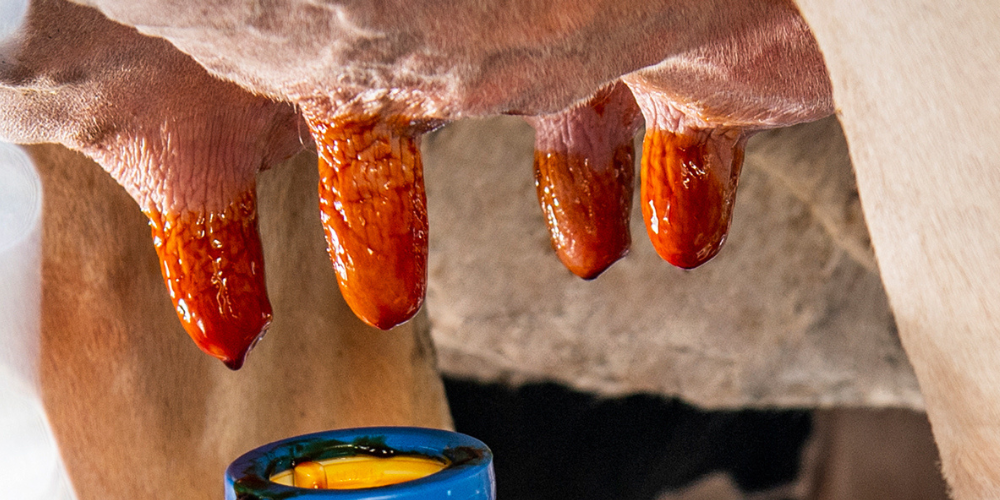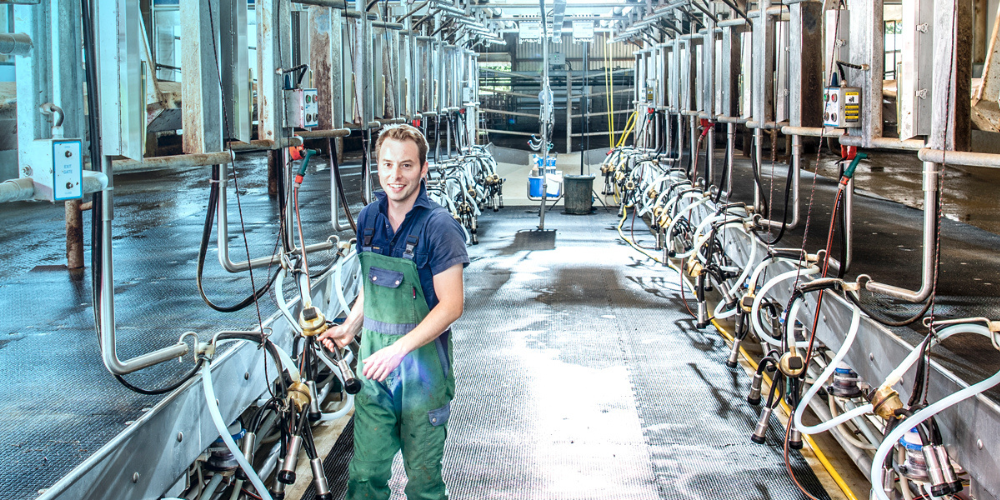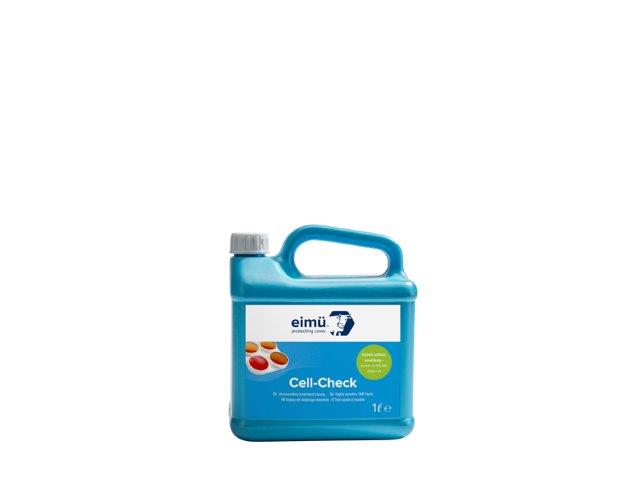
Mastitis Detection

There are many different causes of death on dairy farms.
Alongside fertility and claw diseases, udder problems are among the top 3 causes of culling in dairy herds. These not only have a direct negative impact on the profitability of the farms, secondary factors also contribute to reduced cost coverage and reduce animal welfare on the farms. Secondary factors primarily include reduced milk yield, increased treatment costs and an increased risk of secondary diseases.
Studies assume that up to 20% of animals in a herd have clinical mastitis and even up to 35% have a subclinical form of the disease without the development of visible symptoms.
But how exactly does mastitis develop and what are the causes?
Pathogens can enter the udder via the blood or directly via the teat canal, with the latter route being the most common but also the most difficult to control. The route via the open teats can be divided into three phases:
1. contamination: Pathogenic bacteria get onto the teat epidermis. This can happen during milking, but also between milkings.
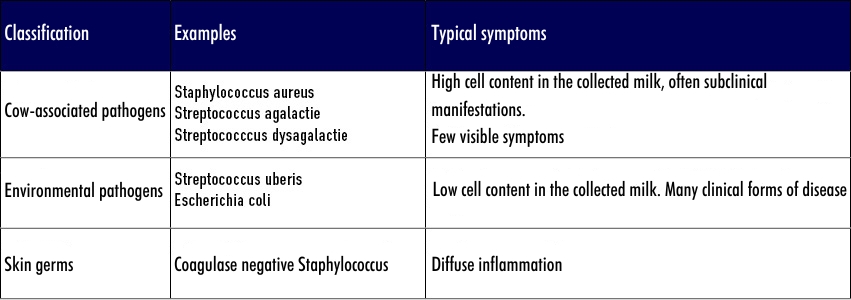
As already described, the pathogens can reach the teat surface in different ways.
Typical mastitis pathogens spread mainly through cross-contamination during milking. They are therefore referred to as "cow-associated pathogens". These usually cause subclinical mastitis with high cell counts.
Recognising mastitis
- Swelling of individual udder quarters
- Increased pain sensation in the affected area
- Redness and increased heat formation
- Loss of function or change in milk consistency
- Change in general condition (e.g. fever)
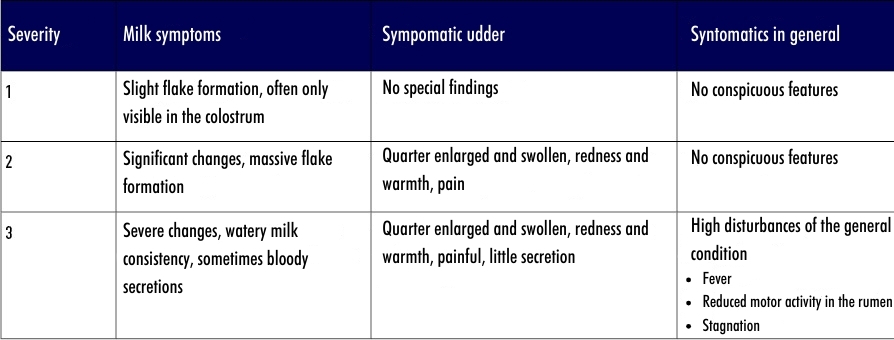
A clinical manifestation is often recognised very quickly and a targeted response can be made. Clinical mastitis can be divided into three categories, depending on the severity of the symptoms.

The subclinical form of the disease has an almost greater economic impact.
They often go unrecognised, but lead to high milk losses, altered milk constituents and reduced milk processability. Regular checks of the udder and milk composition are essential for the detection of subclinical mastitis.

